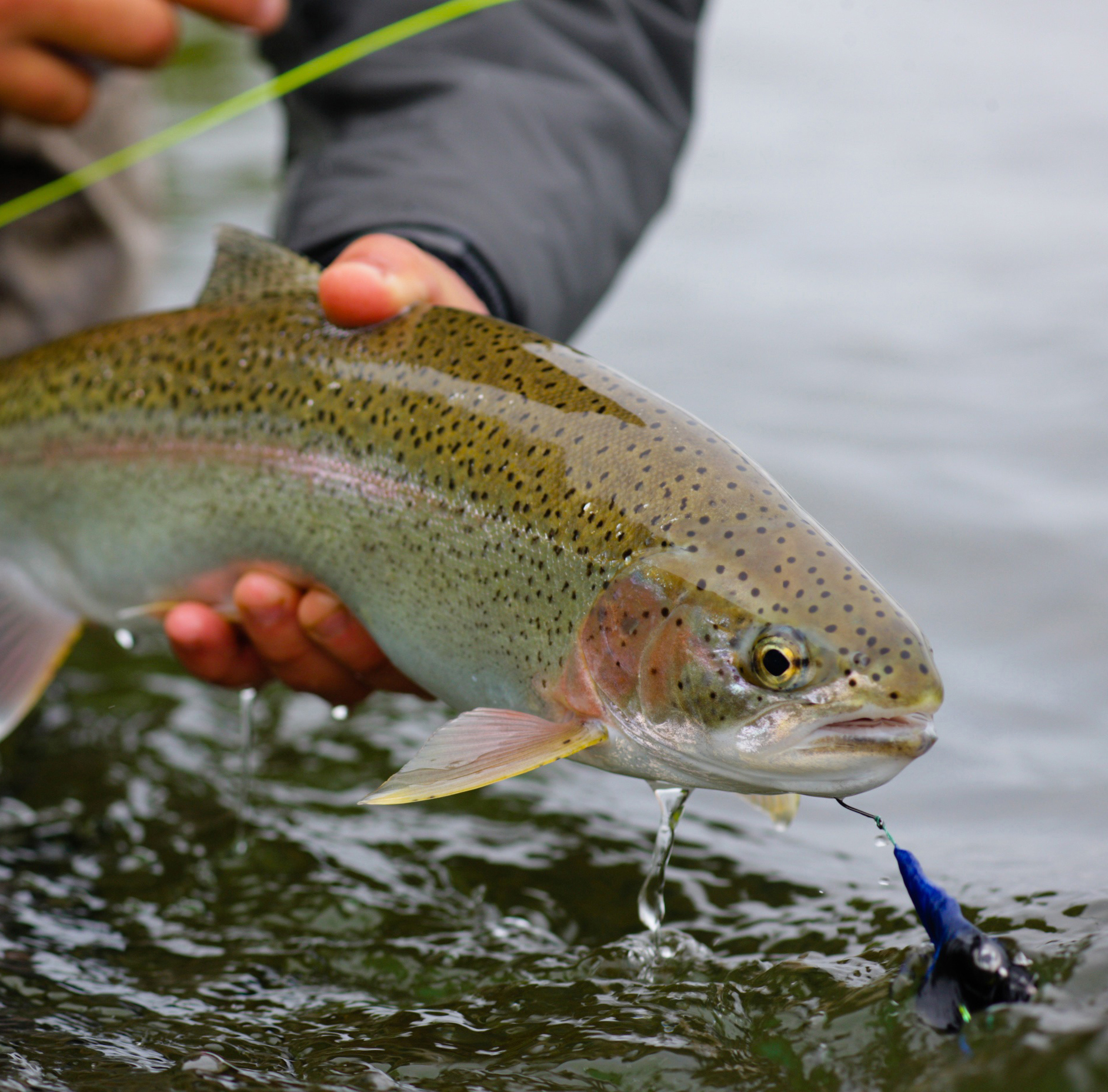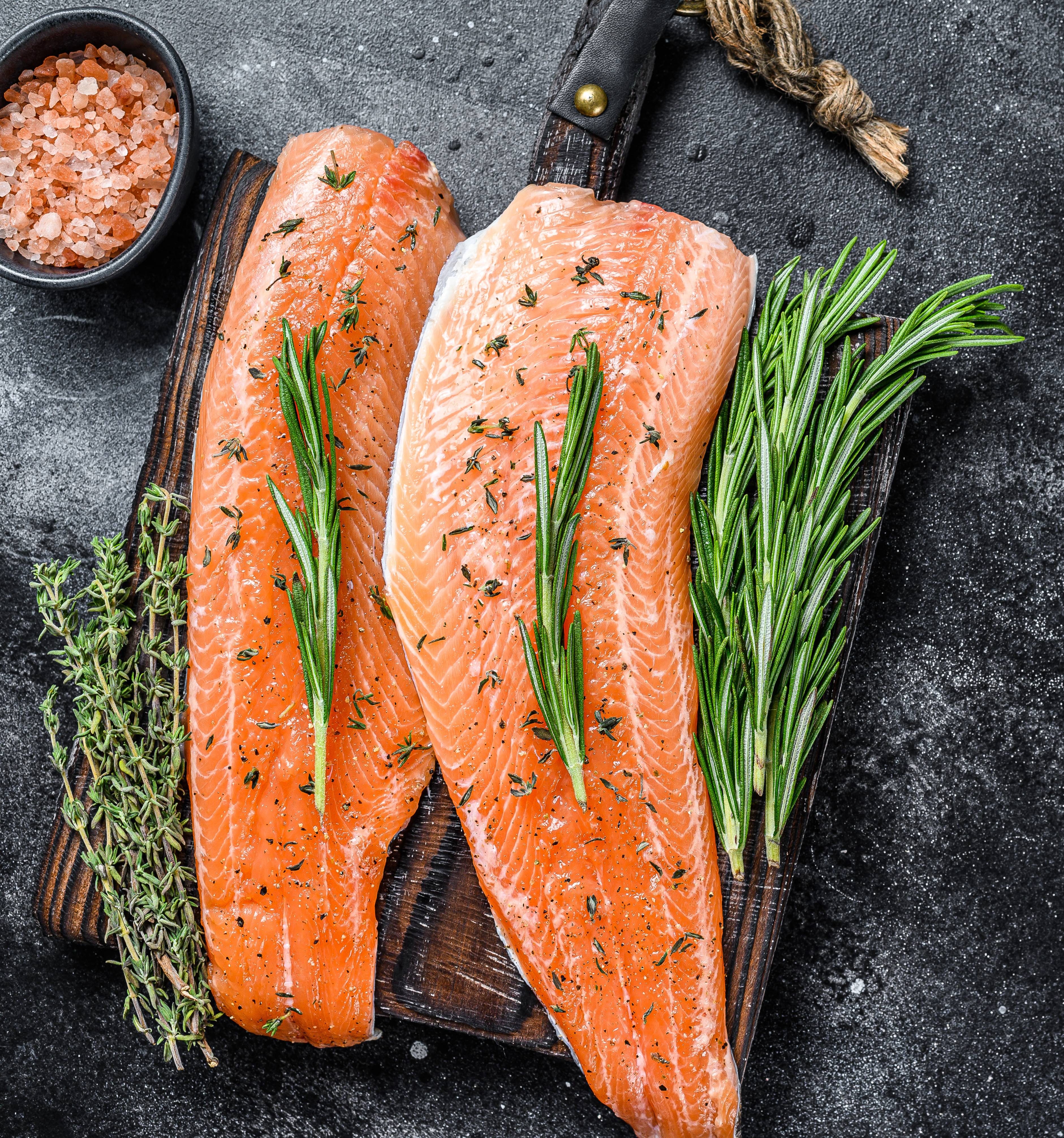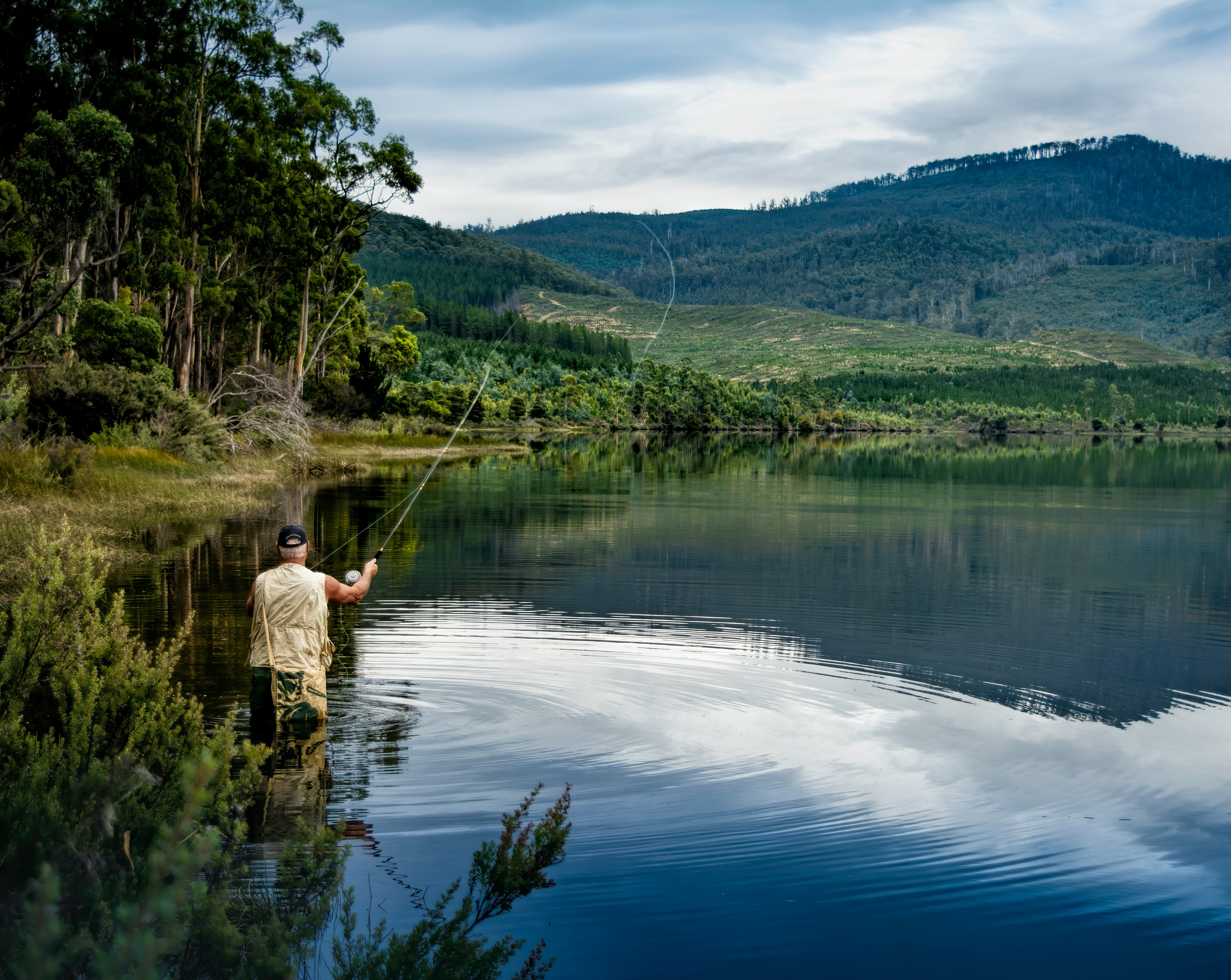The Longest Standing Aquaculture Trade Association in the United States
USTFA
Organized in 1954 by a group of trout farmers committed to creating a strong, unified voice for the national trout industry, the United States Trout Farmers Association (USTFA) has grown steadily since its formation and now has members in nearly every state and many foreign countries.
Our members are committed to producing
The Best Trout in the World
Members of the USTFA include individuals and companies engaged in producing, raising, processing, and marketing trout for eggs, broodstock, recreation, and food. Suppliers of products and services vital to the commercial trout industry are also an important segment of USTFA membership.
The USTFA policies provide our members with a comprehensive set of standards for producing a high quality product with minimal environmental impact.
USTFA members produce a variety of species, including brook trout, brown trout, golden rainbow trout, rainbow trout, steelhead trout, and salmon, which can be found in restaurants, retail locations, fishing lakes, ponds, and streams, and more.
#americasfish
A Healthy, Sustainable Choice
Trout (and other finfish) farming is one of the most sustainable and efficient methods of animal protein production due to a near 1:1 food conversion ratio. And with more plant-based feed options available, the “fish in, fish out” (FiFo) ratio, the amount of wild fish needed in feed to produce a pound of farmed fish, is equal to or less than 0.5:1.
Trout are an excellent source of protein, potassium, phosphorus, thiamin, niacin, vitamin D, vitamin B6, vitamin B12, pantothenic acid, selenium, and omega 3 fatty acids, which have been proven to lower blood triglycerides and cholesterol levels, reduce the risk of coronary and cardiovascular disease, reduce blood pressure, and relieve pain from rheumatoid arthritis.
Aquaculture’s role in meeting our nation’s
Growing Demand for Fish
Aquaculture is the production of fish, shellfish, and aquatic plants in a controlled environment.
Due to known health benefits, a rising population, and static wild capture, the demand for fish is increasing. Aquaculture is a sustainable, climate-smart method of protein production needed to feed our nation’s growing population.
Aquaculture practices in the U.S. employ a low to non-consumptive use of water. And most trout farms in the U.S. use flow-through systems and, as a result, are non-consumptive users of water.
Trout require cold, pristine, high-quality water to grow. Idaho, with its vast system of aquifers and springs, accounts for over 75% of the production of trout in the U.S. Other major, trout-producing states include Pennsylvania, North Carolina, Washington, and California.
Our members are committed to producing
The Best Trout in the World
Members of the USTFA include individuals and companies engaged in producing, raising, processing, and marketing trout for eggs, broodstock, recreation, and food. Suppliers of products and services vital to the commercial trout industry are also an important segment of USTFA membership.
The USTFA policies provide our members with a comprehensive set of standards for producing a high quality product with minimal environmental impact.
USTFA members produce a variety of species, including brook trout, brown trout, golden rainbow trout, rainbow trout, steelhead trout, and salmon, which can be found in restaurants, retail locations, fishing lakes, ponds, and streams, and more.
#americasfish
A Healthy, Sustainable Choice
Trout (and other finfish) farming is one of the most sustainable and efficient methods of animal protein production due to a near 1:1 food conversion ratio. And with more plant-based feed options available, the “fish in, fish out” (FiFo) ratio, the amount of wild fish needed in feed to produce a pound of farmed fish, is equal to or less than 0.5:1.
Trout are an excellent source of protein, potassium, phosphorus, thiamin, niacin, vitamin D, vitamin B6, vitamin B12, pantothenic acid, selenium, and omega 3 fatty acids, which have been proven to lower blood triglycerides and cholesterol levels, reduce the risk of coronary and cardiovascular disease, reduce blood pressure, and relieve pain from rheumatoid arthritis.
Aquaculture’s role in meeting our nation’s
Growing Demand for Fish
Aquaculture is the production of fish, shellfish, and aquatic plants in a controlled environment.
Due to known health benefits, a rising population, and static wild capture, the demand for fish is increasing. Aquaculture is a sustainable, climate-smart method of protein production needed to feed our nation’s growing population.
Aquaculture practices in the U.S. employ a low to non-consumptive use of water. And most trout farms in the U.S. use flow-through systems and, as a result, are non-consumptive users of water.
Trout require cold, pristine, high-quality water to grow. Idaho, with its vast system of aquifers and springs, accounts for over 75% of the production of trout in the U.S. Other major, trout-producing states include Pennsylvania, North Carolina, Washington, and California.
Trout Farms in the U.S.
Million Dollar Trout Industry Value
Recreational Trout Fishing States
Trout Farming States
(USFWS and USDA Census)


